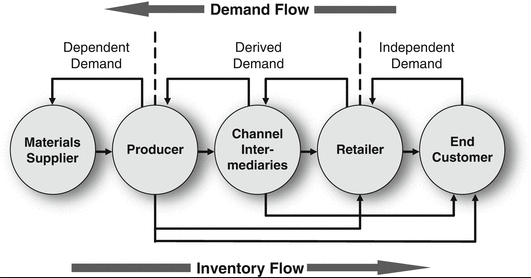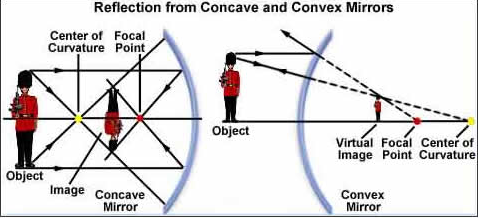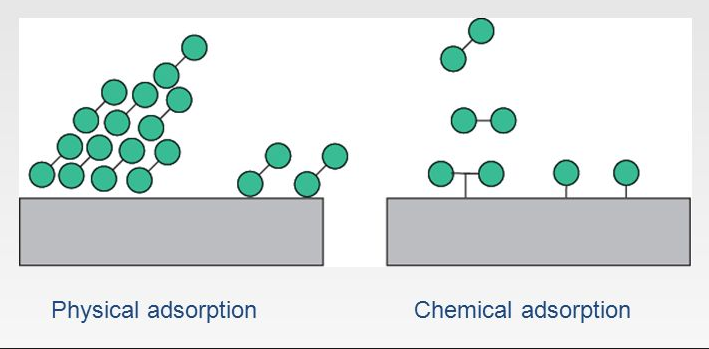7 Difference Between Dependent And Independent Demand (With Examples)
Dependent demand and independent demand are two different types of demand that are used in supply chain management to manage inventory and production. In other words, Dependent demand and independent demand are two types of demand that are important concepts in supply chain management. Understanding the difference between these two types of demand is crucial … Read more


